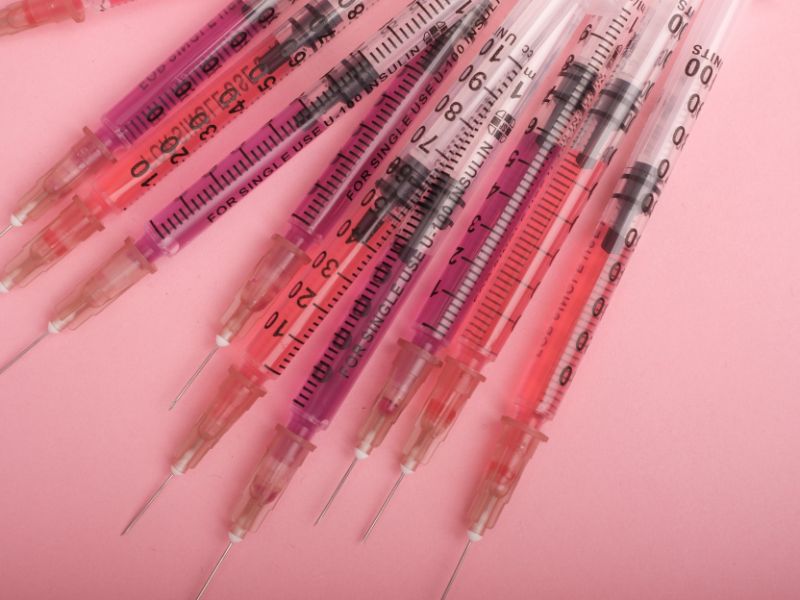What is Chelation Therapy?
For more than 60 years, chelation therapy has been used as an effective an FDA approved treatment for heavy-metal poisoning and toxicity. While heavy-metal poisoning sounds like (and is) an extreme condition, heavy-metal toxicity can actually be both acute and chronic. One can be exposed to certain heavy metals (like lead, mercury from dental amalgam fillings) over a longer period which produce a host of common symptoms and conditions. In addition to this, many physicians have witnessed chelation therapy to be beneficial for a variety of other health concerns like heart disease, memory problems, autoimmune disorders, and more.
How Does Chelation Work?
Chelation therapy is an intravenous treatment that circulates a chemical substance in the blood. Once in the blood, this “chelating” solution binds to certain molecules (such as metals and minerals) and carries them away in the urine.
The most common form of chelation therapy uses a synthetic amino acid called ethylene diamine tetra-acetic acid (EDTA). EDTA is known to remove substances such as lead, iron, copper, and calcium. EDTA chelation therapy sometimes includes other modalities, such as Glutathione IVs and HOCATT Ozone Sauna Therapy to further the detoxifiying benefit.
Heavy Metal Toxicity
Heavy metal toxicity can be both acute and chronic. If you’ve been exposed to a large amount of metal at once, your symptoms may include extreme symptoms, such as: confusion, numbness, nausea, vomiting, or falling into a coma. However, heavy metal toxicity can be caused by more chronic or long-term exposures from:
Metal (amalgam) fillings
- Pollution
- Drinking water
- Foods
- Medicines
- Ingestion of lead-based paints
- and more…
The symptoms for more long-term exposure to heavy metals are less severe than acute poisoning and include:
Headache
- Weakness
- Tiredness
- Muscle pain
- Joint pain
- Constipation
To determine whether or not heavy metal toxicity is present, your functional medicine practitioner may recommend a urine or blood test.
Other Conditions Treated with Chelation Therapy:
Along with heavy metal poisoning, chelation therapy is sometimes used to treat different conditions, including:
Memory problems or “brain fog”
- Heart disease & hypertension
- Alzheimer’s and dementia
- Fatigue & autoimmune disorders
- Poor circulation, found in diabetes
Heart Disease and Chelation Therapy
Because EDTA binds to metals and minerals in your bloodstreams, it can also bind to the calcium deposits (plaques) in your arteries. Chelation therapy essentially sweeps away the plaques as the medicine moves through your bloodstream.
A large-scale study sponsored by the National Institute of Health was recently conducted to determine the safety and effectiveness of chelation therapy for heart disease. It showed that infusions of disodium EDTA chelation therapy produced a modest reduction in cardiovascular events.
TACT
The largest-scale study of chelation for coronary disease has been completed by the Trial to Assess Chelation Therapy (TACT), and sponsored by the National Center for Complementary and Integrative Health (NCCIH) and the National Heart, Lung, and Blood Institute.
TACT1 was completed in 2012 (enrolling 1708 patients) and showed that a combination of up to 40 infusions with intravenous (IV) disodium EDTA plus oral multivitamins and multiminerals (OMVM) compared with intravenous and oral placebo led to a significant reduction in the time to first recurrent cardiovascular event in patients with prior myocardial infarction, age 50 or older, already treated with standard evidence-based medical therapies.
In the subgroup with diabetes (633 patients), the results were dramatic: the chelation-based strategy reduced cardiac events by 51% and reduced total mortality by 43%.
In response to the data from TACT1, the American College of Cardiology/American Heart Association granted chelation a 2b indication for treatment of chronic ischemic heart disease.
TACT2 will enroll 1200 patients with diabetes who are 50 years of age or older, have had a heart attack (prior myocardial infarction [MI]), and have good kidney function (serum creatinine 2.0 mg/dL or less). Patients will be randomly allocated to receive either chelation plus OMVM, or placebo (inactive substance). All patients will be followed for ~ 5 years.
Published in the British Medical Journal, a systematic review and meta-analysis of epidemiological studies investigating the association of arsenic, lead, cadmium, mercury, and copper with cardiovascular disease was conducted. Analyses found that exposure to arsenic, lead, cadmium, and copper was associated with increased cardiovascular risk (exposure to mercury was not)
Moreover, there was a linear dose–response relationship between arsenic, lead, and cadmium with cardiovascular disease outcomes. These metals are disruptors of redox, epigenetic, and endocrine pathways, and their profound toxicity supports a causal effect upon cardiovascular disease. A causal effect is also supported by the results of a clinical trial of a lead and cadmium chelator, which demonstrated a reduction in combined cardiovascular events with therapy.
Find out if Chelation Therapy is right for you: 561-283-1166









